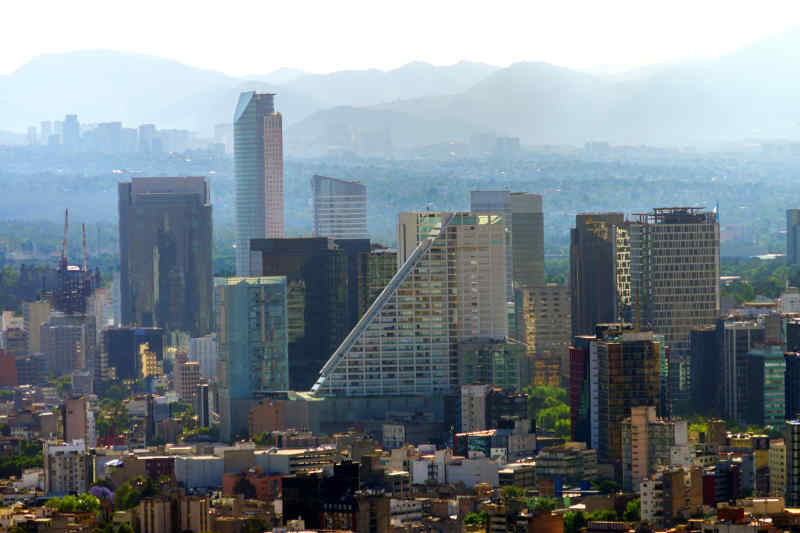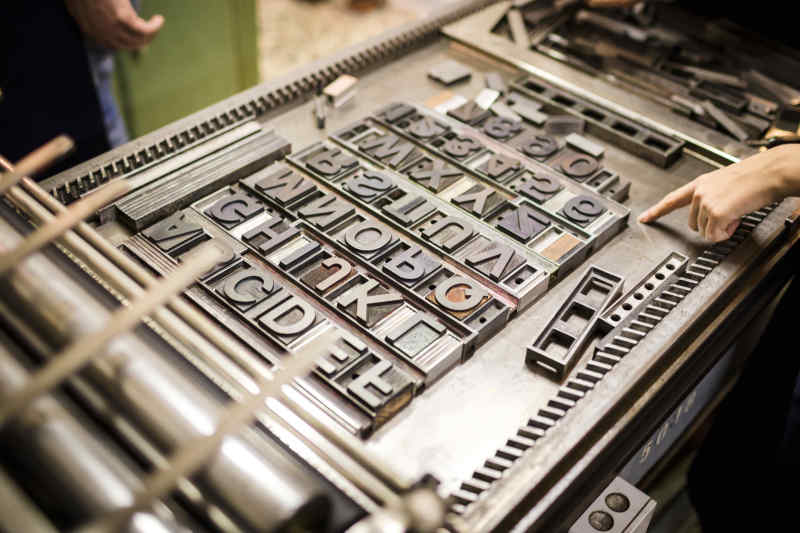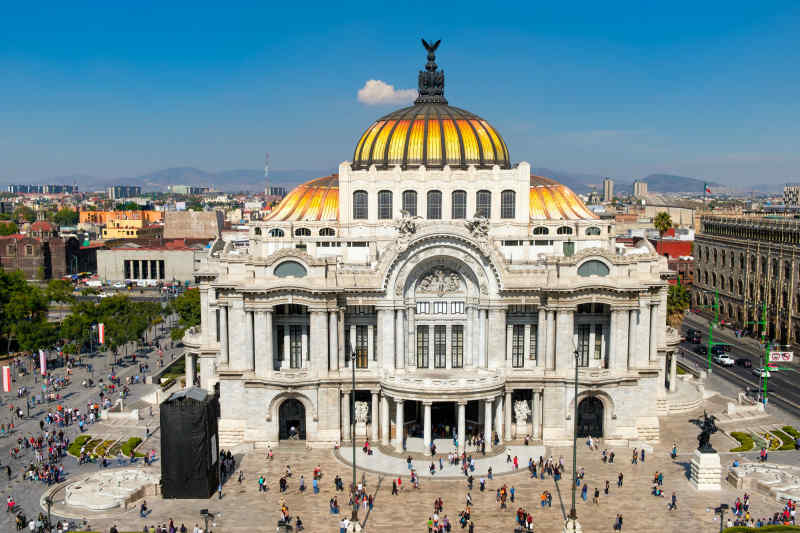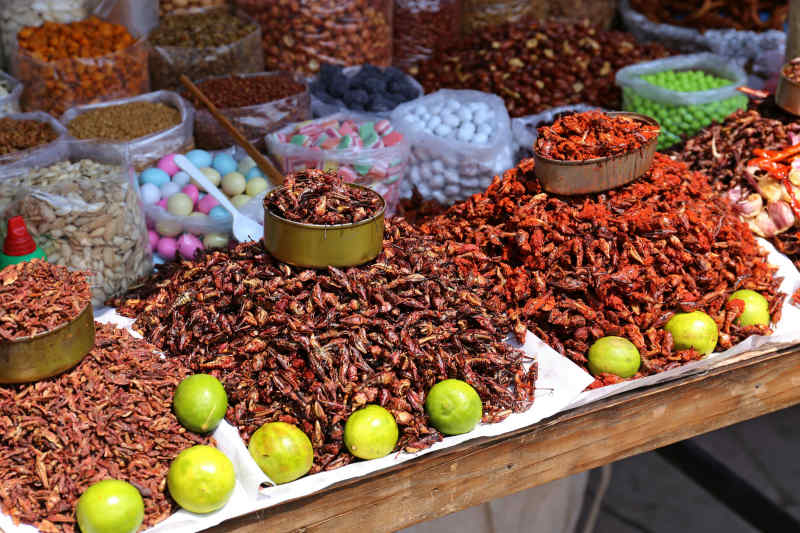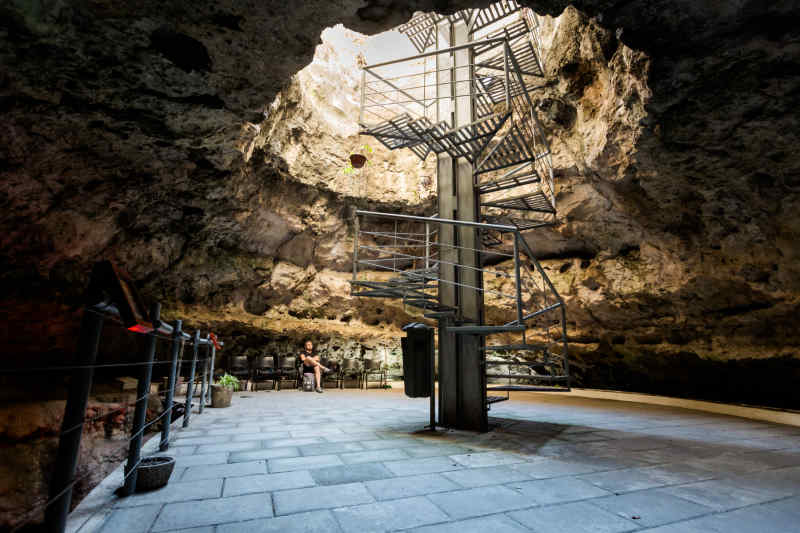By Amanda Little
Mexico is a land of diversity and beauty known for a variety of iconic features, ranging from Ancient Mayan Ruins to underground cenotes. While many people know Mexico for its incredible landscapes, beaches, and cuisine, there's so much more to Mexico than meets the eye.
Curious? Here are 10 surprising facts about Mexico that you may have not known before.
Mexico City is slowly sinking
We'll start off this list by introducing an interesting fact about Mexico City (the capital of Mexico itself). Something you might notice when visiting Mexico is the rather unique terrain in the country's capital. In recent decades, researchers have discovered that the city is slowly sinking to the depths of the oceans. Some may say it's a real life modern version of Atlantis.
Mexico City is sinking at a rate of about 10 inches a year as the city pumps water from the lake that supports it. In fact, it has sunk so much that it lost its title as the 7th highest capital city in the world to Yemen and now sits at #8.
Mexico is the birthplace of North American print
Long before phones and the internet became commonplace, Mexico was the literature hotspot in all of North America. In 1539, Mexico City was the first place in North America to use the printing press. To this day, the Casa de la Primera Imprenta de América is still open and is now a public exhibit. Be sure to visit it whenever you're out in Mexico City! You can then boast to your friends about visiting the first ever printing press in North America (and go ahead and tell them about other surprising facts in Mexico, too)!
Kids in Mexico don’t get presents on Christmas
Did you know that kids in Mexico usually don't get their Christmas gifts until January 6th? This is when Dia de Reyes takes place, otherwise known as "Three Kings Day." The holiday is in honor of the date when the Three Wise Men supposedly gifted Jesus with presents, according to the Christian religion. In contemporary times, more and more households are now following the tradition of giving gifts to kids on December 24th as Mexico continues to grow more urbanized and secular.
The world's largest tamale
If you think the portion sizes in the United States are big, think again! Mexico is the home of the 3-foot long, 150 pound tamale which earned its place on the Guinness World Records. It was made in none other than the city of Villahermosa. The tamale is about 164 feet long and took an incredible amount of ingredients to make. This behemeth of a meal apparently took well over $2,600 USD to make.
Mexico City is the oldest city in North America
Many believe the oldest city in North America is St. Augustine, but Mexico City was actually founded a little over 40 years before it back in 1521. The city was built by the Spaniards on the ancient ruins of the Aztec city of Tenochtitlán.
There are women-only cars in the subway
Mexico City has a few subway cars designed for women only. These sections prohibit men from entering in hopes of creating a space that's completely safe for women. Like any large city, Mexico City has its standard crime rate – but to compare, Mexico City is still about as safe as New York City. It even has the reputation as one of the safer places to go! Minors below the age of 12 are also allowed to sit in these sections.
As it seems, female presenting people are not policed for their gender upon entering the women-only sections. But if you happen to use one of these subway car sections, use your best intuition. If you need help, check out our transgender travel safety guide for tips on staying safe as a trans person while traveling.
You can snack on crawling critters
A stroll through any market in Mexico can bring you by spiders, grasshoppers, and even scorpions, all up for sale to put on your dinner table. Some find this horrifying, but adventurous foodies can find some excellent grub in these markets, among other crawling things.
Home of the world’s smallest volcano
Mexico is home to the world’s smallest volcano! A small-cano, if you will. The Cuexcomate Volcano sits just outside the city of Puebla and stands at a mere 43 feet tall. Compared to Mauna Loa in Hawaii which stands 13,678 feet tall, this volcano is barely a hill! If that isn’t a good enough height comparison, try this one: Cuexcomate isn’t even half the height of the Statue of Liberty.
Mexico is LGBTQ+ friendly
Same-sex marriage and same-sex adoption are both legal in Mexico! While its strong ties to the Roman Catholic Church made the country lean towards the conservative side, there has been a social shift, and Mexico has even marketed itself as a gay-friendly destination, with Mexico City as a frontrunner. As of 2023, Mexico is ranked #50 on the most LGBTQ+ friendly countries to travel to.
Mexico has near ancient education
What is the oldest university in North America? Many would assume Harvard, but it has nothing on the National Autonomous University of Mexico in Mexico City. This dinosaur of a school opened in 1551 as the Royal and Pontifical University of New Spain, but unfortunately, was closed in 1867 during the dictatorship. It re-opened during the revolution, so unlike Harvard it hasn’t been open as long, but it has been around longer.

